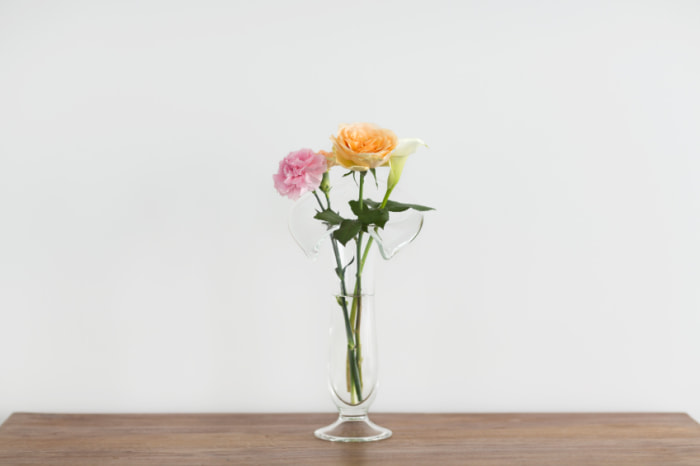Flower Meanings: The Language Of Plants
The reasons behind the flower symbolism are as fascinating as the flower meanings themselves.
Stylish looks for less
What does it truly mean when you give someone red roses - or when you receive a bunch of lilies? We might intend our bouquets to say "I love you", "Congratulations", "Happy Birthday" or even "Sorry" on our behalf.

©alisbalb
The reasons behind this symbolism are as fascinating as the flower meanings themselves.
History of flower meanings
Who knows who picked the first flower and gave it to a loved one to indicate their feelings? A celebrity back in the 1700s holds one key, the experts in this area tells us. She was the aristocrat Lady Mary Wortley Montague whose husband was British ambassador to Turkey. She told in a letter how flowers were being given as greetings at the court of the Sultan.

©Barcin
Her messages from abroad were widely circulated: a kind of social media of the day. The result, because of Lady Montague's social status, was that giving flowers as greetings became popular in England too.
"The Victorians, especially, were fond of attaching meanings to flowers not just by type of plant, but by colour too."
Over the next 150 years, flower meanings began to be attached to individual plants, often drawing on folklore from much older times, as the vogue for giving flowers to contain messages became more and more widespread. The Victorians, especially, were fond of attaching meanings to flowers not just by type of plant, but by colour too. The coded floral language became more and more complex in a time when actually expressing your feelings out loud was frowned upon.
Flower symbolism
We retain many of these meanings today. The rose, so often given on St Valentine's Day, has come to represent love and good fortune, with red roses denoting eternal love. It's perhaps less well known that yellow roses can mean friendship. The beautiful tulip is another flower of great love.

©mediaphotos
Lilies, on the other hand, are associated with purity and sweetness, especially when you choose white lilies.
Give the freesia and you are celebrating friendship.
Sweet peas, so delicate and fragrant, can mean either departure or gratitude.
The daisy-like flower of the gerbera symbolises innocence, while the exotic orchid speaks of elegance and beauty.
We all love carnations, and in general their meaning and message is one of fascination and love.

©byryo
Beware of yellow carnations though, which can speak of rejection, and don't give the understandably rare purple carnation unless you want to tell someone they are unreliable.
The bold and bright yellow of the glorious sunflower can mean adoration - and there are those who also believe the lofty sunflower can mean your thoughts are tall and pure too.
The anemone is taken to indicate a fragile state of mind - while there are those who say this beautiful flower can protect you from evil.
The overall message from all of this? These blooms contain more than natural beauty, so next time you are picking out flowers to send to a loved one, take a moment to consider exactly what you are saying. It may be more than you think.